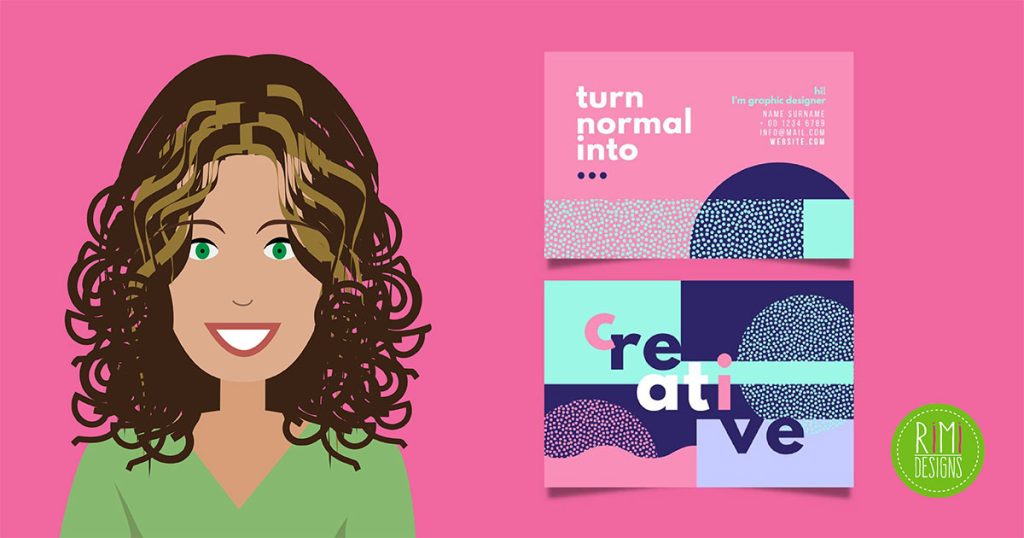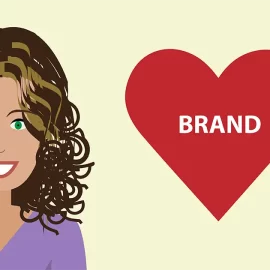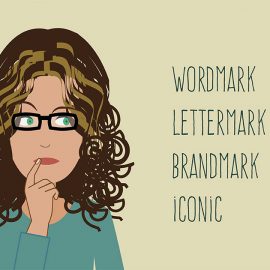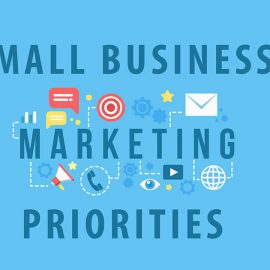
Using Design in Your Business
Design opens up valuable opportunities for businesses. Its importance is often underestimated but good design can bring some significant business benefits. The research and prototype stages of the design process can generate new product ideas and allow you to discover your customers’ needs and preferences.
Design can then help you turn these ideas into innovative and competitive products and services that are suitable for your market. You can also use design to make your business processes more efficient and to strengthen your marketing approach.
This guide explains the different ways that design can benefit your business, from product development to business strategy. It also outlines what’s involved in the design process, as well as how you can manage the process and measure its success.
The business benefits of design
Evidence shows that using design improves business performance. Businesses that undervalue the importance of design may be missing vital opportunities.
Design can bring a range of commercial benefits, if used systematically across your business. These benefits include:
- increased sales of your products or services
- improved market position relative to your competitors
- greater customer loyalty and fewer customer complaints
- a stronger identity for your business
- the ability to create new products and services and open up new markets
- reduced time to market for new products and services
Designing for your customer
The effective use of design gives customers a reason for buying from you and not from your competitors. It’s a valuable source of differentiation – a well-designed product or service will stand out from the competition.
Design also adds value to products and services. Customers are often willing to pay more for well-designed products that can offer them benefits, such as greater usability, increased functionality and improved aesthetics.
Designing for efficiency
But, as well as enhancing the products and services you sell, design can also improve the way your business operates – the efficiency of its processes, the cost-effectiveness of the raw materials it uses, the quality of its packaging.
As well as increasing the value of your products and services to customers, design can cut production costs. Careful design of the manufacturing process, for instance, can bring substantial savings. It can also make processes and the use of materials more efficient and environmentally friendly, helping businesses comply with sustainability regulations and legislation.
How businesses use design
Design covers much more than just the outward appearance of products or the graphic elements of things, such as your website, packaging and marketing materials. It plays a part in nearly every aspect of what most businesses do. In some areas, the importance of design is quite obvious; for instance, when a business creates a consistent look across its products, signage, stationery and marketing activities.
Design can also be used to benefit your business in many less obvious ways. Remember, that design isn’t just about managing the appearance of your business. It’s also about managing your business processes, so they’re as cost-effective as possible.
Businesses use many types of design, among which:
- product design – including ergonomics
- engineering design
- graphic design – from manuals and marketing literature to signage and software interfaces
- packaging design
- website and interface design
retail design - interior design and fit-outs
- exhibition design
- architecture – particularly for refurbishments and building modifications
It’s a good idea to conduct a design audit. Look at key areas of your business, such as your brand, your product and service development, your work practices and customer communication and then consider what role design plays in them. There may be opportunities to use design to make your business more efficient and to add value to your products and services for your customers.
Make design part of your business strategy
Design deserves more attention than it frequently receives from business owners and managers. It’s often seen as a finishing touch in product or service development – something to be used after the strategy has been formulated, key decisions have been made and budgets have been allocated.
Successful businesses include design as part of their business strategy from the outset. This is because involving design at an early stage can save you money and result in a better offering and a better experience for your customers.
You don’t necessarily need a professional designer to use design strategically. Just looking for new ways to meet your customers’ needs is an important step in taking advantage of the benefits of design. Making even minor changes can provide considerable rewards.
Your first steps to using design more strategically should include:
- pinpointing where and how design is currently being used within your business
- identifying ways of improving the design process – such as increasing management involvement or using a professional design consultant
looking for areas of your business where design opportunities are being missed - making sure design considerations are featured in all your business planning meetings and documents
- conducting market research to ensure you know what your customers need
Business advisors with design knowledge can provide guidance on using design and working with designers.
Using design to improve product development
Finding out what your customers want is an essential starting point in designing competitive products and services. The more you discover about your customers’ preferences from market research and design-led user research, the more likely you are to design products they’ll want to buy.
Product development involves the following steps:
- carrying out user research
- developing a concept for a new or revised product
- drawing up an initial design
- identifying the people, materials and processes required to produce it
- creating a prototype
- conducting user trials to evaluate the new product
- making revisions after the user trials and settling on a final design
Remember, that product development shouldn’t only be focused on your existing customers. It can also be used to help you target new customers and move into new markets.
Use design to win new customers and markets
Design can be a powerful means of retaining customers and positioning your business for a move into new markets.
Responsive businesses can use design methods and techniques – such as user research and prototyping – to identify customer needs that aren’t being met and then create or refine a product or service to fill the gap in the market.
Businesses can use design in a variety of ways to appeal to new customers and build new markets. These include:
- designing prototype products that can be used to reveal customers’ needs and preferences and spark new ideas
- creating products incorporating trend research that anticipate and fulfil customers’ needs
- developing your business’ brand through packaging, graphics and customer communication
Design can also help you expand into foreign markets – perhaps by complying with different technical standards or by tailoring a product or its packaging to preferences in your target market.
Alongside winning new business, don’t forget the important role design can play in retaining your existing customers. Whether it’s a new product or a website redesign, fresh design can keep your customers interested and help you contend with the competition.
The needs of customers can change, so the user observation, trend research and prototyping that are part of the design process, will help you keep in touch with your market.
The design process
The design process should be managed like any other business process. The key is to coordinate those involved – designers, managers and employees with an insight into the project requirements – to ensure that your use of design delivers the outcomes you require at the cost you have budgeted.
Key tips for managing the design process
The design process should begin by clearly identifying the purpose and goal of the project, such as raising brand awareness or improving a product or service offering.
Carry out research both before and during the project and keep focused on what your customers want.
Decide who in your business will be responsible for the design process
Set a budget and a timetable with measurable targets. Choose your designer and prepare a design brief outlining the project’s aims, budget, timetable and any legal, technical or other constraints on developing the design.
Consult as many departments as possible when drawing it up. Make sure that your production, marketing and sales departments are prepared for any new product, service or branding you develop.
Monitor the process as it develops. If the project deviates from the brief, investigate and make sure it’s for a good reason. Remember, that your designs may result in intellectual property that needs protecting.
When the process is finished, make sure you gather as much feedback as possible from those involved. It will help you run future design projects even more smoothly.
Maximise the success of your design projects
For every design project you undertake, you should set clear targets for measuring its success.
In many instances, customer response will be a crucial factor. For instance, if you design a new product or a new website interface, the key benchmark of its success will be its performance in the market.
You may also need to consider a wide range of additional factors when judging the success of your project:
- Cost – did aspects of the design process, such as prototyping or user-testing, go over budget? If so, why?
- Timetables – if deadlines were missed, was it because they were unrealistic or were the delays avoidable?
- Working relationships – did poor communication or other problems hinder cooperation between you and your designer?
The more specific the targets and review dates you set out in your design brief and the more key people or departments you involve in setting them, the more likely it is that you’ll reap the return you want on your design investment.
If problems arise, deal with them as quickly as possible. Revise the design brief, if important new information or priorities emerge. Try not to get locked into a project that won’t deliver what you need.
After a design project has concluded, review it to see what lessons can be learned. This will make it easier to ensure the success of future projects. And don’t look at individual design projects in isolation. Achieving your overall objectives may require a series of design investments to build on each other.
SOURCE: Info Entreperneurs
Ready to bring your vision to life? Don’t settle for ordinary, let’s design the extraordinary together! Unleash the power of your ideas with stunning visuals. Your masterpiece is just a click away. Think we’d be a great fit? Work with me and let my expert graphic design skills transform your concepts into captivating designs. Let’s talk!



